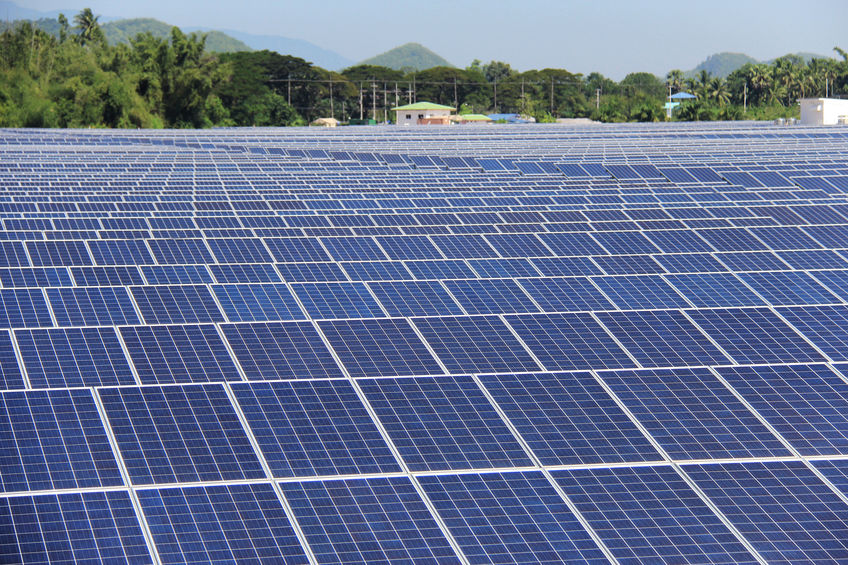The chief beneficiary of the incoming Biden administration’s climate agenda will be none other than the People’s Republic of China, the same outfit that brought the world COVID-19.
Purveyors of renewable energy are eager to take advantage of Biden’s pledge to move the U.S. from fossil fuels to renewable energy and are already taking legal action to smooth the transition. On December 29, the Solar Energy Industries Association (SEIA) and solar-power developers, including NextEra Energy Inc. and Invenergy Renewables LLC, asked the U.S. Court of International Trade to issue an injunction prohibiting an October proclamation by President Trump that raised tariffs on imported solar equipment.
The Trump proclamation removed a tariff exemption on two-sided, or bifacial, solar panels, almost all of which are manufactured in China. As reported by Bloomberg (Dec. 29), the lawsuit contends the Trump administration “failed to follow the required procedures” before acting.
SEIA’s legal challenge – Solar Energy Industries Association v. U.S., 20-3941, U.S. Court of International Trade (New York) – comes more than a month after a trade-court judge ruled that Trump’s proclamation to eliminate the bifacial solar panel loophole did not violate an earlier court order. But the judge in his order said that the proclamation could be challenged under a separate action. This is what SEIA and its allies are now doing.
Dependence on China
The action by the Washington lobbying group speaks volumes about renewable energy’s dependence on Chinese suppliers. Solar panels have a life expectancy of about ten years, after which they must be replaced. And because solar energy, like wind energy, is intermittent, it requires a backup source of fuel at night and on cloudy days. Domestically produced natural gas has been the backup source of choice for under- or nonperforming wind and solar facilities. But the Biden administration’s move away from fossil fuels means that increasingly batteries will fill that need. Batteries, however, along with solar panels, wind turbines, and drive trains for electric vehicles depend on critical materials sourced or processed from overseas, primarily from China. SEIA’s lawsuit all but acknowledges this.
Thanks to fracking and horizontal drilling, the United States has become the world’s largest producer of oil and natural gas. In doing so, it has broken the back of the once-mighty OPEC oil cartel. Now, with the switch to renewable energy, the U.S. runs the risk of abandoning its hard-fought energy independence. After having been dependent on OPEC oil for decades, and then freed ourselves from that dependency, we are now – in the name of “clean energy” – heading down a path that will lead to mineral dependency on China.
From a geopolitical standpoint, that is a terrible exchange. What’s more, it will have no measurable effect on the climate and – as batteries, wind turbines, and solar panels rapidly deteriorate – the shift will create a host of environmental problems in the decades to come. And the rolling brownouts and blackouts that have become commonplace in “clean-energy” leader California will spread nationwide.
